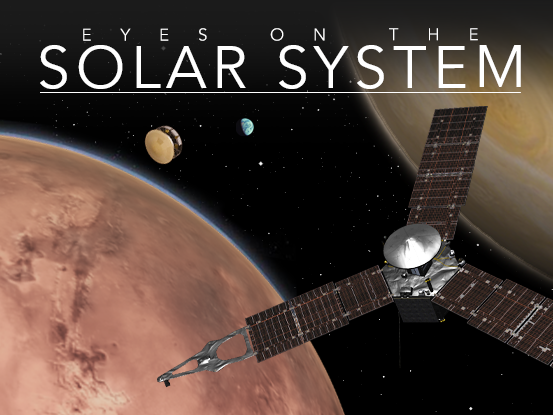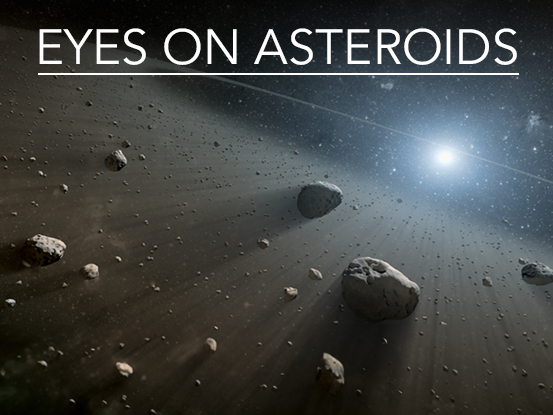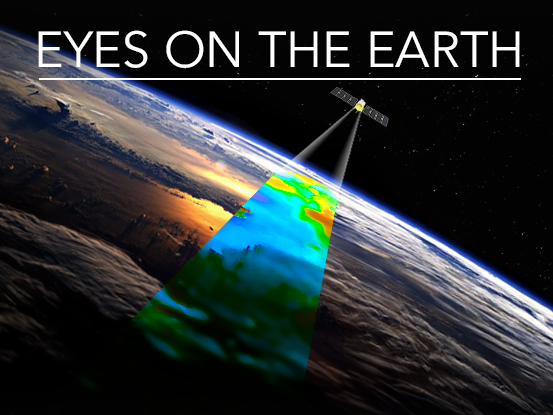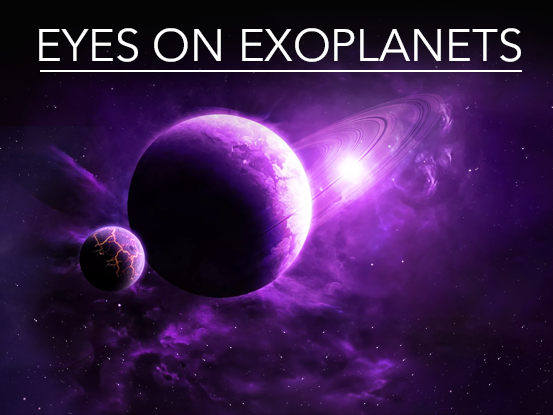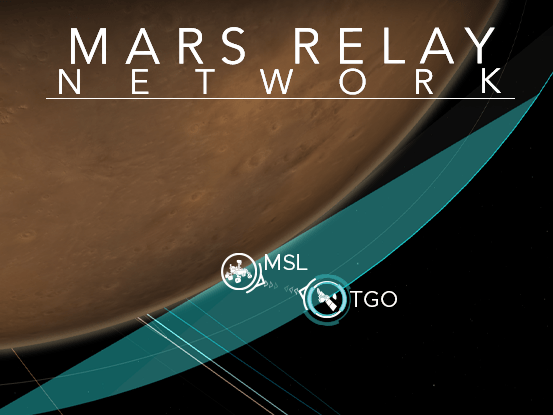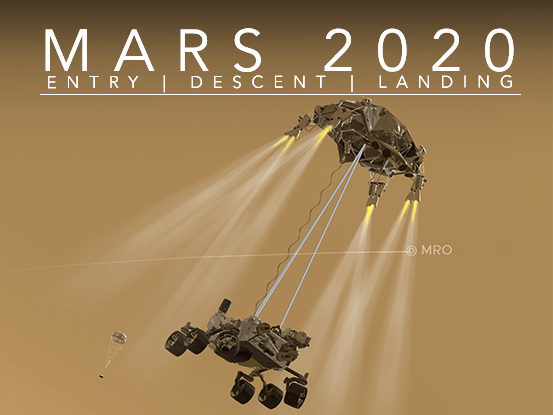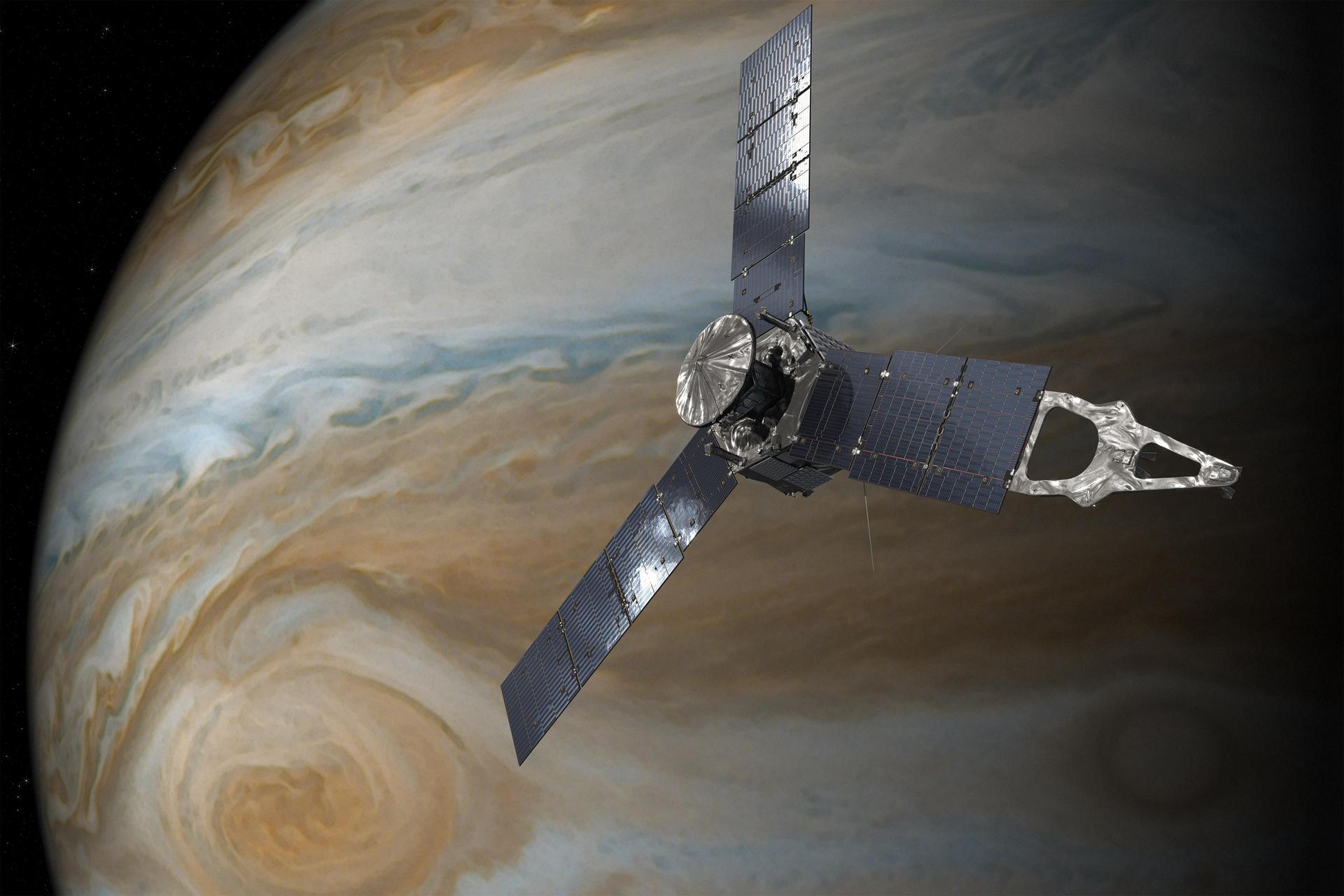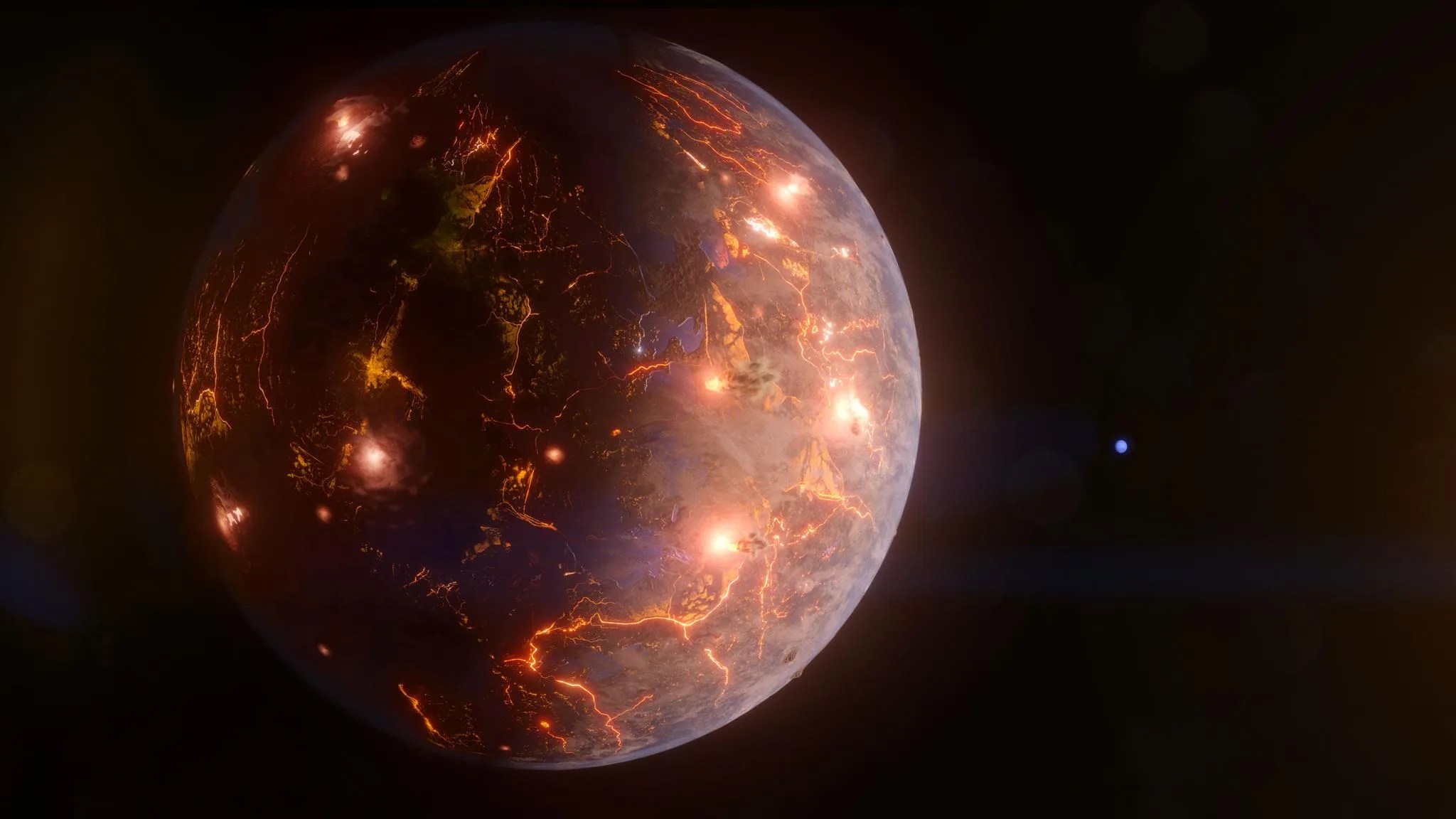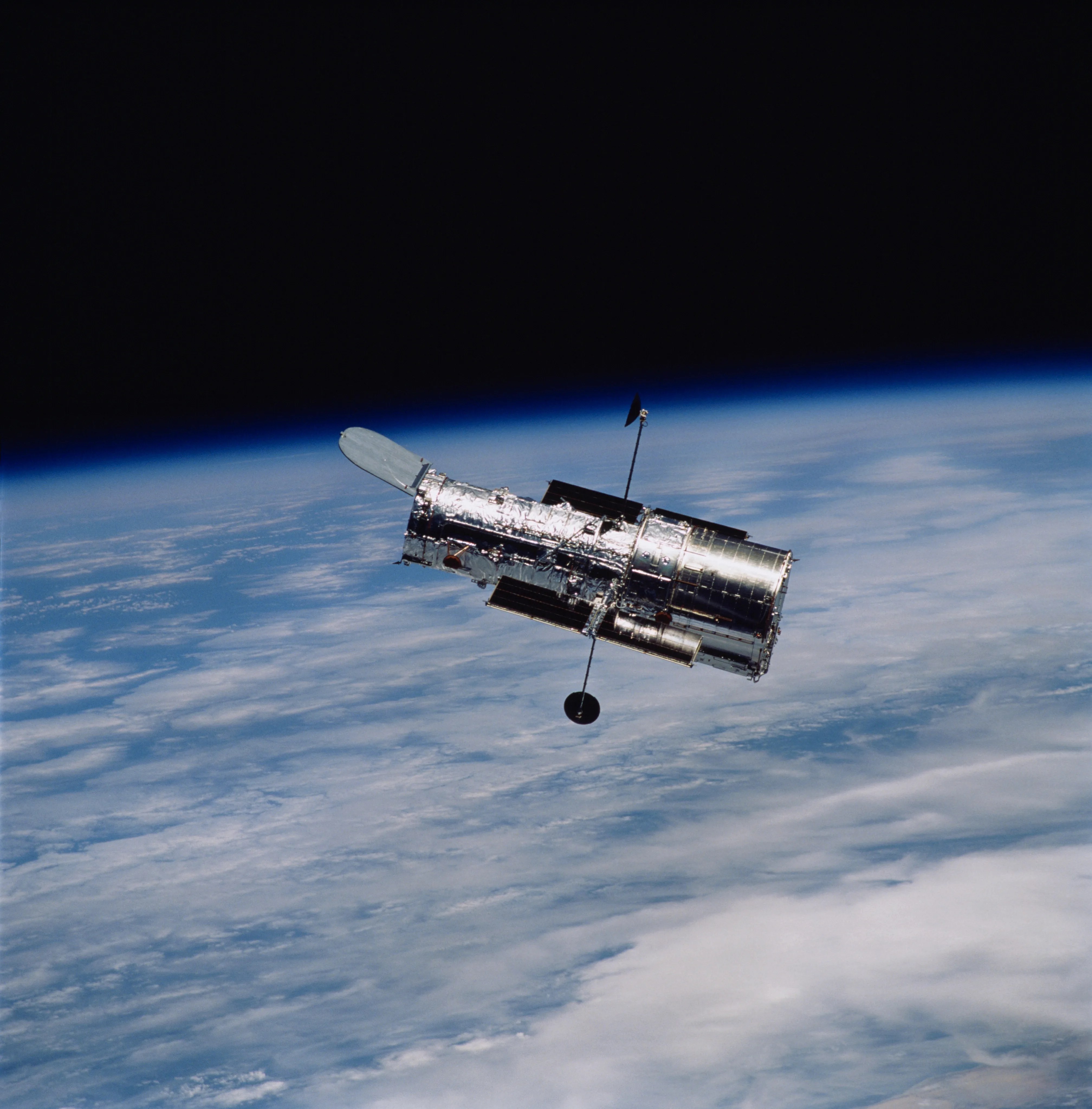Click any of these eyes products to start exploring
Click any of these eyes products to start exploring
Click any of these eyes products to start exploring
Click any of these eyes products to start exploring
Featured apps
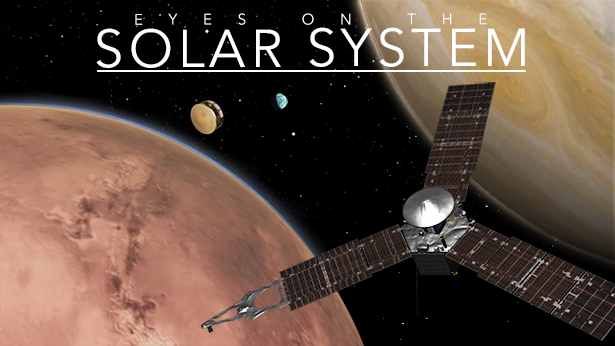
Eyes on the Solar System
This simulated live view of the solar system allows you to explore the planets, their moons, asteroids, comets and the spacecraft interacting with them in 3D. You can also fast-forward or rewind time, and explore the solar system as it looked from 1950 to 2050, complete with past and future NASA missions.
You can follow over 150 NASA missions from start to finish with this browser-based 3D simulation that uses the most accurate data and imagery possible. Watch the Voyager spacecraft from launch in 1977 until today, see the Cassini mission fly through the ice plumes of Enceladus, ride along as OSIRIS-REx lands on an asteroid to scoop up material, see the New Horizons mission take the first close pictures of Pluto, witness the first Artemis mission circle the moon, or preview the Europa Clipper mission. You are free to roam and discover.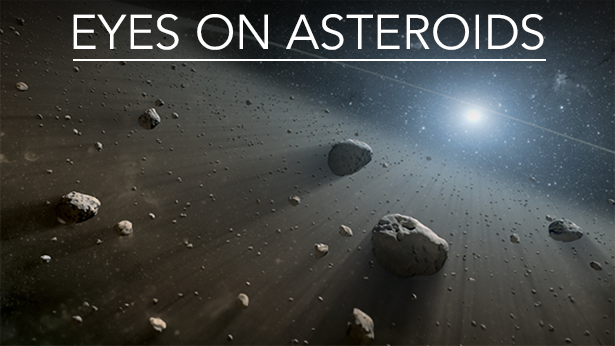
Eyes on Asteroids
Track over 30,000 asteroids that are near Earth’s orbit, see the next 5 closest approaches to Earth, and learn about current and historic NASA asteroid and comet missions in this real-time 3D simulation of the solar system.
Try out the interactive "scrolly-telling" that lets you learn about how we define a close approach or how we determine if an asteroid or comet is categorized as a "Potentially Hazardous Object." Or ride along with NASA missions as we make historical discoveries about asteroids and comets, such as the first time we landed on an asteroid, or impacted a comet. See the DART mission impact with a binary asteroid system, and much more. Eyes on Asteroids lets you track all the latest discoveries.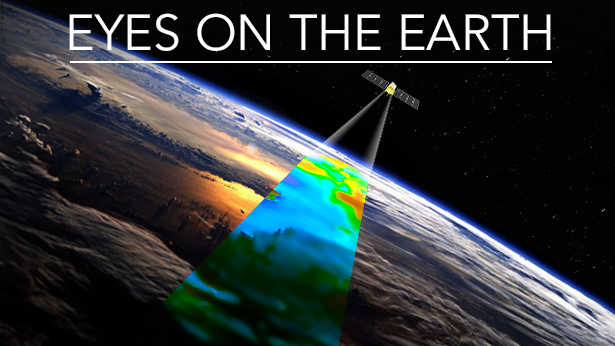
Eyes on the Earth
Fly along with NASA's Earth science missions in real-time, monitor Earth's vital signs like Carbon Dioxide, Ozone and Sea Level, and see satellite imagery of the latest major weather events, all in an immersive, 3D environment. Ride along with the International Space Station, and watch the sun rise and set 16 times a day. Check out the latest Carbon Monoxide data to see if there are fires around the globe, or see the latest Precipitation and Soil Moisture data. Track dozens of NASA satellites as they take data above Earth. Watch videos and animations explaining the latest data trends, or go back in time to see past data. You can select a date range and play back global imagery and data going back twenty years, including major weather events. With Eyes on the Earth, you can track Earth's vital signs, live.
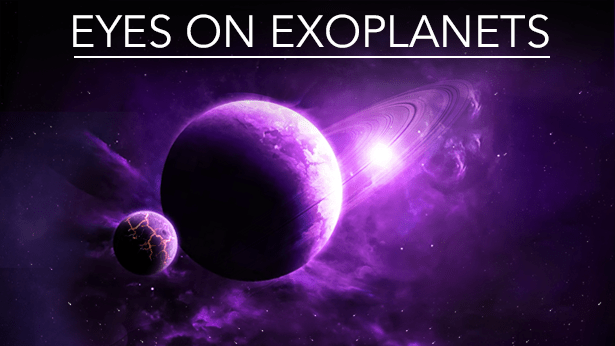
Eyes on Exoplanets
An exoplanet is a planet that is not in our solar system. It is estimated that there is at least one planet for every star in the galaxy, so there are a huge number to discover. Explore over 5,500 confirmed exoplanet systems in this 3D interactive simulation. You can visit every exoplanet ever discovered and ride along with the spacecraft that found them. The app is constantly updated for the latest discoveries, and you can visit any system, compare it to our solar system, and see if any of the planets reside in the "habitable zone", indicating a possibility of life.
Browse by planet type, detection method, or observatory, or see just the discoveries made by the Kepler and TESS missions. You can land on Earth and see a map of all the known exoplanets from your hometown.
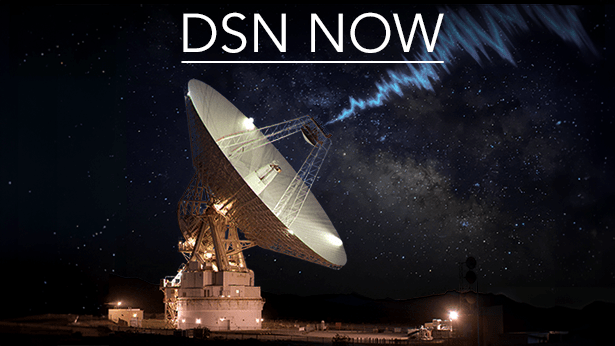
DSN Now (Deep Space Network)
See which spacecraft is “phoning home” with DSN Now. Every five seconds, DSN Now updates with real-time data from the ground stations of the Deep Space Network. Click on a dish to learn more about the live connection between the spacecraft and the ground.
Monitor space communications 24/7 to see the live communications from space.

